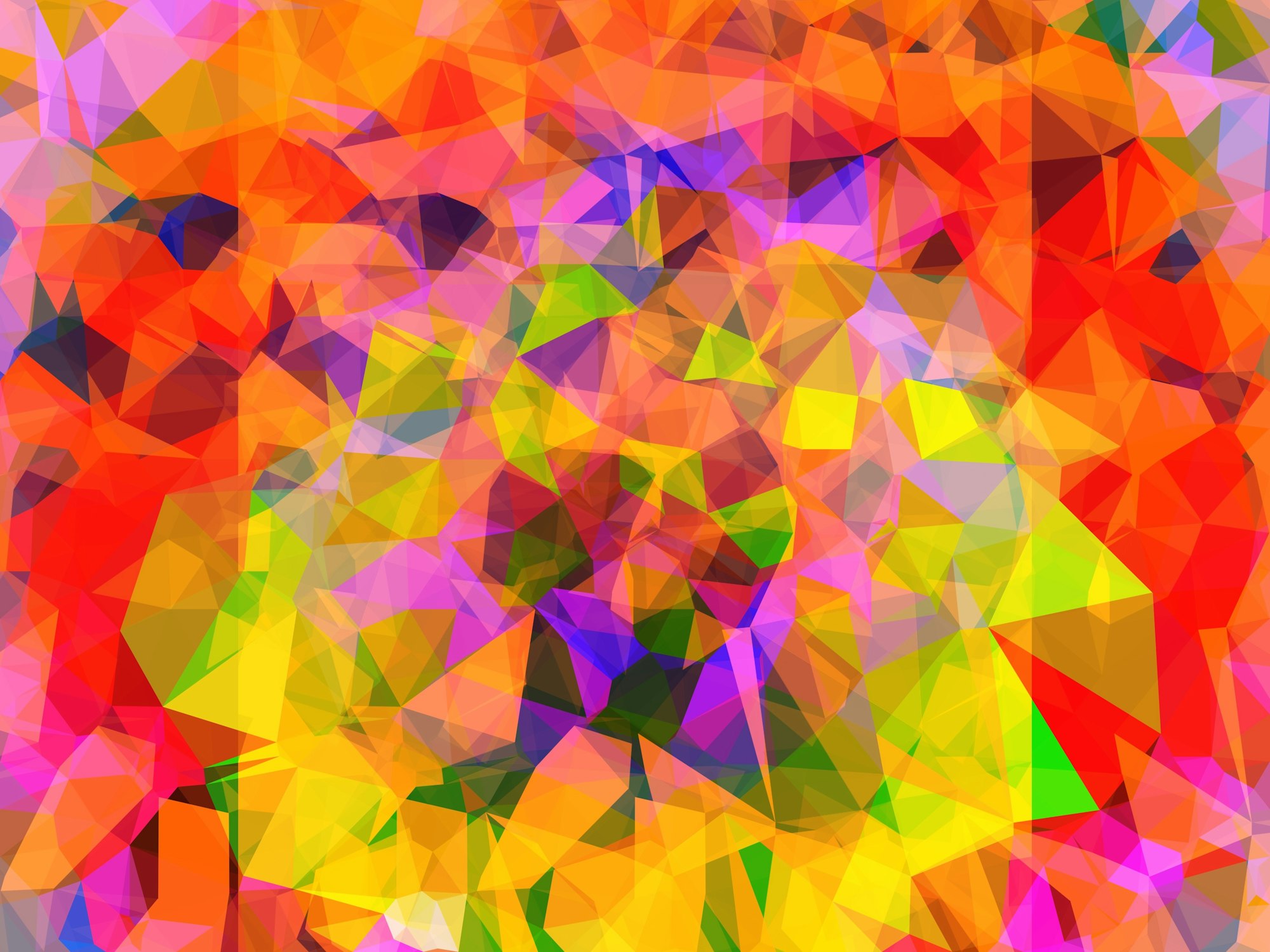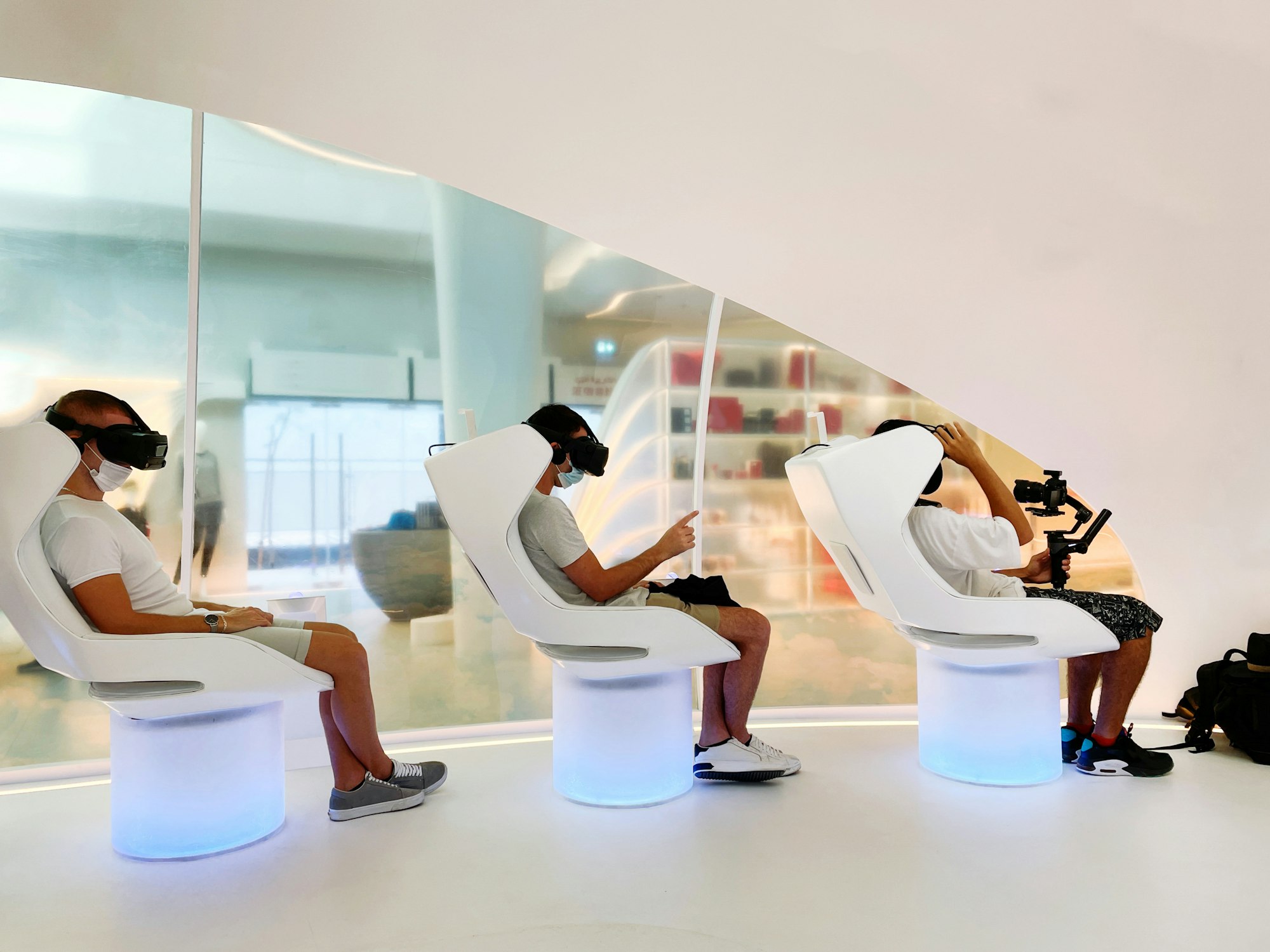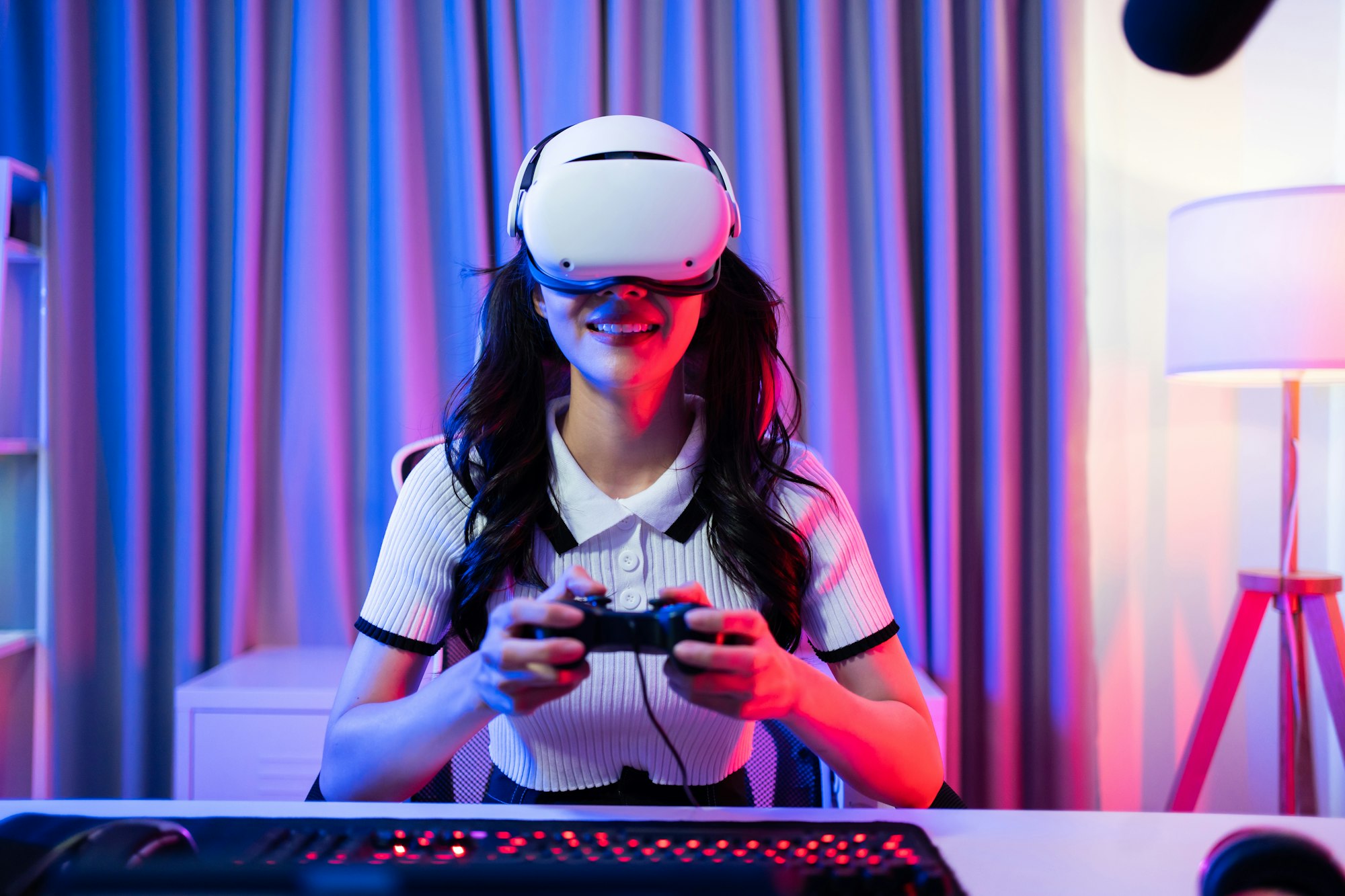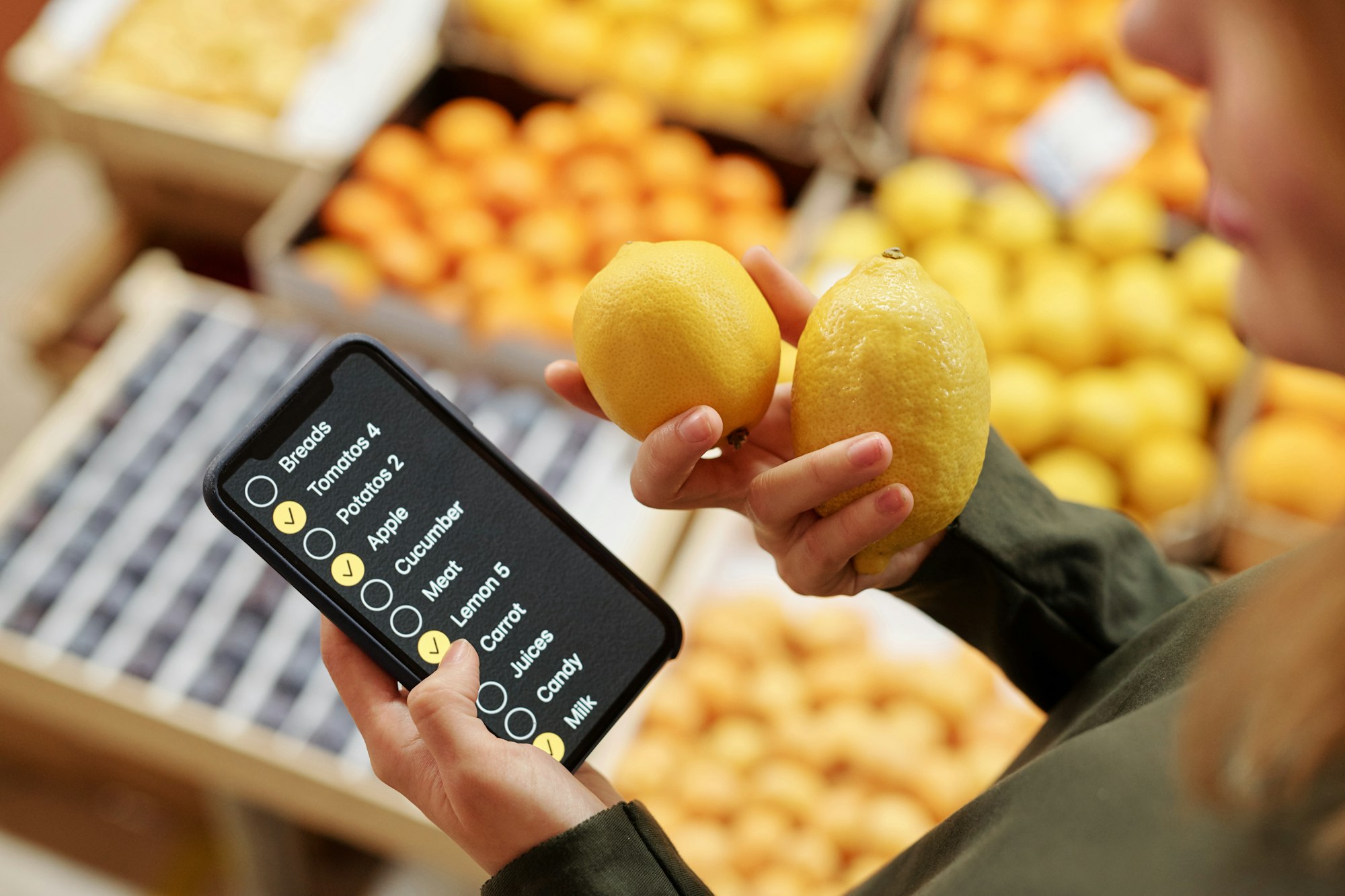In today’s fast-paced digital world, the realm of art has undergone a revolutionary transformation. Artists no longer rely solely on traditional mediums; instead, they harness the power of technology to create stunning works of art. Digital art is not just a trend; it’s a thriving form of creative expression that continues to evolve.
In this article, we’ll explore the tools and platforms that empower artists to unleash their creativity in the digital space, making it more accessible and exciting than ever.
1. Understanding Digital Art
1.1 What is Digital Art?
Digital art refers to any artistic work created or manipulated using digital technology. It encompasses a broad range of practices, including digital painting, illustration, 3D modeling, and graphic design. Digital art blurs the line between traditional and contemporary art, allowing artists to experiment and innovate in ways that were previously unimaginable.
1.2 The Evolution of Digital Art
The rise of personal computers and software in the late 20th century marked the beginning of digital art as a recognized medium. Artists began using programs like Adobe Photoshop and Corel Painter to create digital paintings, while the advent of graphic tablets allowed for a more intuitive drawing experience. As technology has advanced, so too have the tools and techniques available to artists, leading to the rich and diverse landscape of digital art we see today.
2. Essential Tools for Digital Artists
2.1 Graphic Tablets
Graphic tablets have become a staple for digital artists, providing a natural drawing experience that mimics traditional mediums. Brands like Wacom, Huion, and XP-Pen offer a range of tablets with varying features, including pressure sensitivity and customizable buttons. These tablets allow artists to create detailed illustrations and paintings with precision and ease.
2.2 Art Software
The software landscape for digital art is vast, offering tools tailored to various artistic styles and needs. Some popular programs include:
- Adobe Photoshop: The industry standard for digital painting and photo manipulation, Photoshop offers an extensive range of brushes, filters, and editing tools.
- Procreate: A favorite among iPad users, Procreate is known for its user-friendly interface and powerful features, making it ideal for both beginners and professionals.
- Corel Painter: This software emulates traditional painting techniques, offering a vast selection of brushes and textures for a realistic painting experience.
- Krita: A free and open-source digital painting program, Krita is highly regarded for its powerful brush engine and intuitive interface, making it an excellent choice for artists on a budget.
2.3 3D Modeling Software
For artists interested in 3D art, software like Blender, Autodesk Maya, and Cinema 4D provide the tools needed to create stunning three-dimensional works. These programs allow artists to model, texture, and animate their creations, opening up new avenues for expression.
3. Platforms for Sharing and Selling Digital Art
3.1 Art Communities
Online art communities play a crucial role in connecting artists and art lovers. Platforms like DeviantArt, ArtStation, and Behance provide spaces for artists to showcase their work, receive feedback, and connect with other creatives. These platforms often host contests and challenges, encouraging artists to push their boundaries and gain exposure.
3.2 Social Media
Social media has transformed how artists share their work and engage with audiences. Instagram, TikTok, and Twitter are popular platforms for showcasing digital art, allowing artists to reach a broader audience. Using relevant hashtags and engaging with followers can help artists gain visibility and build a loyal fan base.
3.3 Print-on-Demand Services
For artists looking to monetize their work, print-on-demand services like Redbubble, Society6, and Printful offer a way to sell products featuring their art without the need for inventory. Artists can upload their designs, and these platforms handle production, shipping, and customer service, allowing creators to focus on their craft.
4. Exploring New Frontiers: NFTs and Digital Art
4.1 What are NFTs?
Non-fungible tokens (NFTs) have taken the art world by storm, allowing artists to tokenize their digital works. NFTs are unique digital assets verified on a blockchain, providing proof of ownership and authenticity. This innovation has opened up new revenue streams for artists, allowing them to sell their work directly to collectors.
4.2 The Impact of NFTs on Digital Art
NFTs have sparked conversations about the value of digital art and how it is perceived in the traditional art market. Artists like Beeple and Pak have sold digital artworks for millions of dollars, challenging the notion that digital art lacks value. As the NFT space continues to evolve, it presents both opportunities and challenges for digital artists navigating this new frontier.
4.3 Platforms for Minting NFTs
Several platforms allow artists to create and sell NFTs, including OpenSea, Rarible, and Foundation. These platforms provide user-friendly interfaces for minting NFTs, managing sales, and connecting with collectors. As the NFT market grows, these platforms play a vital role in shaping the future of digital art.
5. The Future of Digital Art
5.1 Incorporating AI and Machine Learning
The integration of artificial intelligence (AI) and machine learning in digital art is paving the way for exciting innovations. Tools like DALL-E and Artbreeder allow artists to generate unique artworks using AI algorithms, pushing the boundaries of creativity. As AI continues to advance, it will undoubtedly influence the artistic process and challenge traditional notions of authorship.
5.2 Virtual Reality and Augmented Reality
Virtual reality (VR) and augmented reality (AR) are emerging technologies that are reshaping the digital art landscape. Artists can create immersive experiences that allow viewers to interact with their work in new ways. Platforms like Oculus Medium and Tilt Brush enable artists to create 3D art in virtual environments, offering limitless possibilities for creativity.
5.3 Continued Accessibility
As technology becomes more accessible, the world of digital art will continue to expand. Affordable tools and online resources are empowering a new generation of artists, fostering diversity and innovation in the field. With the rise of online tutorials, courses, and communities, aspiring artists can learn and grow in a supportive environment.
Conclusion
Digital art has transformed the creative landscape, offering artists unprecedented tools and platforms for expression. From graphic tablets and software to online communities and NFTs, the possibilities for artistic exploration are limitless. As technology continues to advance, digital art will evolve, challenging traditional norms and inspiring new forms of creativity. Whether you’re an established artist or a beginner, the digital realm is an exciting space to explore and create, unlocking endless opportunities for creative expression in the modern world.








